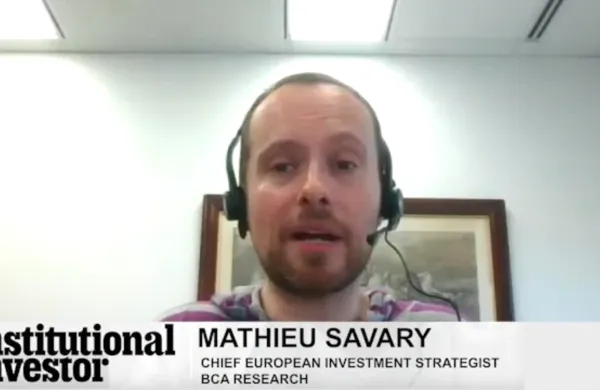To view a PDF of the report, click here.
Assets in ETFs reached record highs in April—driven mainly by allocations to fixed income. While this may look defensive, investors are using index-linked products to reallocate risk budgets, boost yield, and seek growth opportunities.
By Howard Moore
They keep growing. Assets invested in ETFs and ETPs (exchange-traded funds and products) listed globally reached $3.14 trillion, a new record high, at the end of April 2016, according to data from ETFGI. Assets invested in ETFs and ETPs in Europe also hit a record high: $533.34 billion. “Overall, the market has grown more slowly compared to last year, but it’s catching up,” says Thomas Merz, head of ETFs, Europe at UBS Global Asset Management.
In general, inflows are moving to fixed income from equities, suggesting a risk-off move among investors, but the signals are mixed. “If you look at the flows in detail, they’re negative for government bonds and positive in investment grade and high-yield credit products,” says François Millet, product line manager of ETF and indexing at Lyxor Asset Management. Flows are also positive for emerging market debt, in both local and hard currencies. “Allocations within fixed income do not show a move to lower risk assets at all,” he says.
Investors in credit are looking for more granularity also. Some risk departments are authorizing investments in the first layer of non-investment grade to generate additional yield. “They are looking across the whole spectrum from investment grade to high yield, by duration and segmentation of rating for strategic and tactical allocations,” says Millet.
Corporate investment-grade bond ETFs grew the fastest in the first part of 2016, double the pace of high yield. “Investors are reallocating from equities, but parking assets in liquid fixed income to keep some flexibility,” says Merz. “In early May we saw those same investors moving some assets back as markets improved.”
Those equity flows tell an interesting story. “There have been significant outflows, but we see a move to riskier assets in equities,” says Millet. Emerging markets ETFs are gathering assets again—not only the diversified broad indexations, but also country-specific.
“At the end of the first quarter, there were encouraging indicators from China and better news about commodities,” says Matthieu Guignard, global head of product development and capital markets, Amundi ETF, Indexing & Smart Beta. The direction of most emerging market economies is closely linked to oil and raw materials prices.
The other lively area in equity ETFs is smart beta, and in Europe, flows are accelerating significantly. “People are moving out of plain-vanilla ETFs and into minimum-variance and other individual or multi-factor products,” says Millet. Investors have been reacting to heightened market volatility. “Defensive ETFs have delivered 3 to 8 percent outperformance versus market-cap benchmarks since August 2015, and can reduce portfolio volatility by 30 percent,” he says.
Investments in smart beta equity products are usually part of a volatility reduction strategy. “Investors are reallocating risk, mainly from developed-market equities to other exposures that can provide additional yield or invest in a growth story,” says Guignard.
The European Central Bank’s decision to ramp up its bond buying program puts a new squeeze on credit products. “Investors are looking for fixed-income substitutes,” says Millet. Another phenomenon is that cross-asset correlations are increasing. “Investors are looking for other elements, like factors—not classic asset classes—to provide further diversification,” he says.





